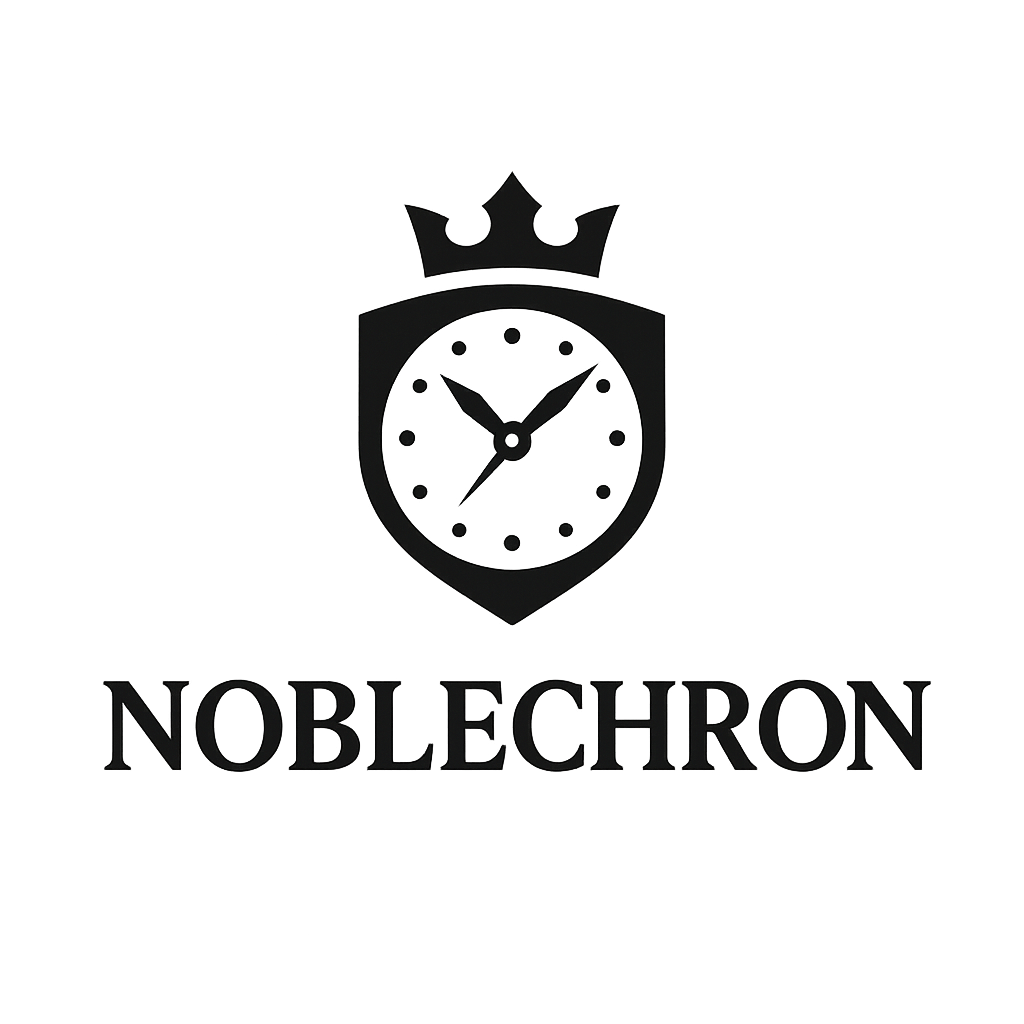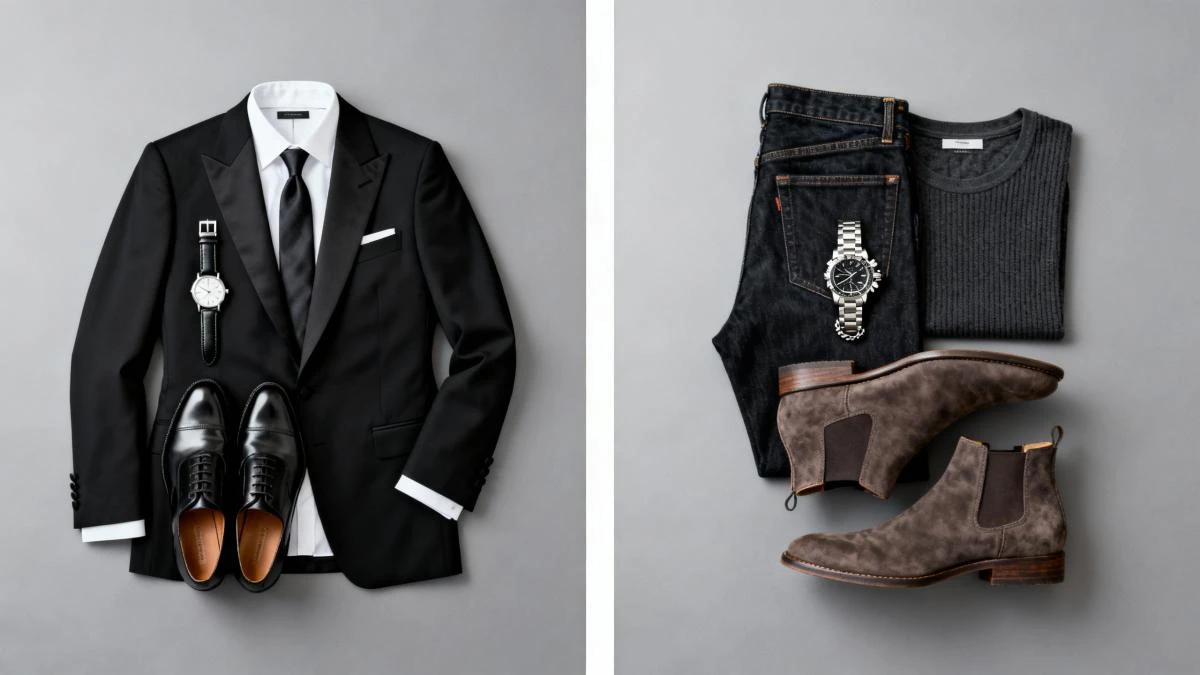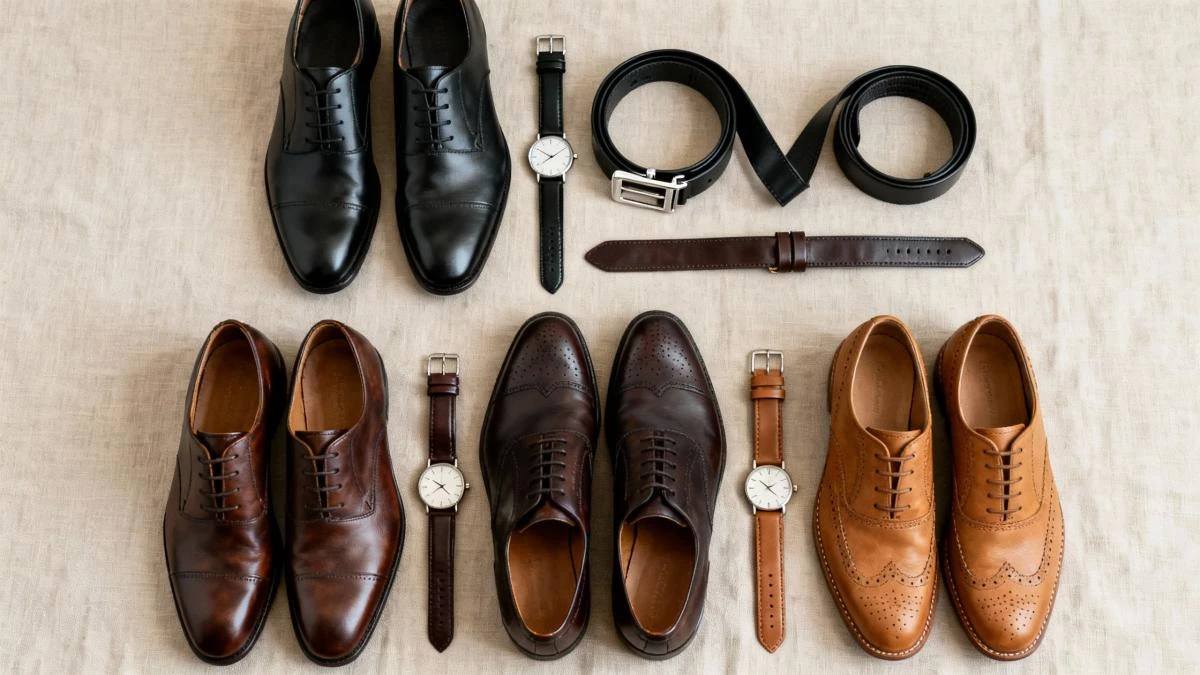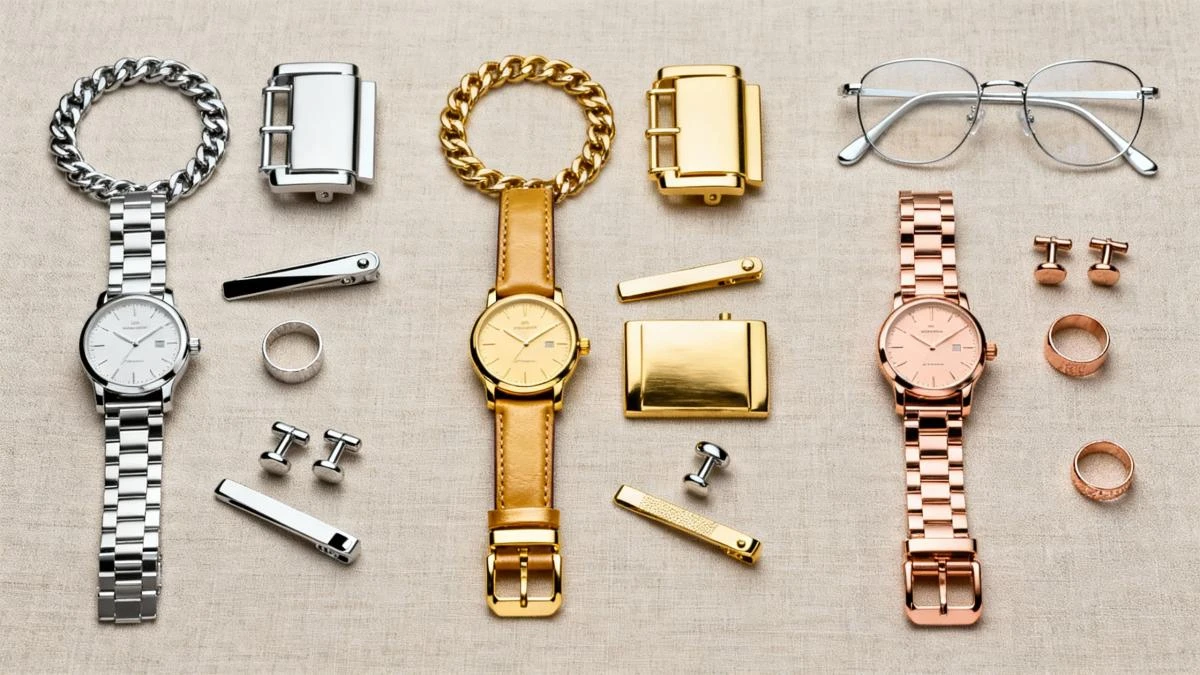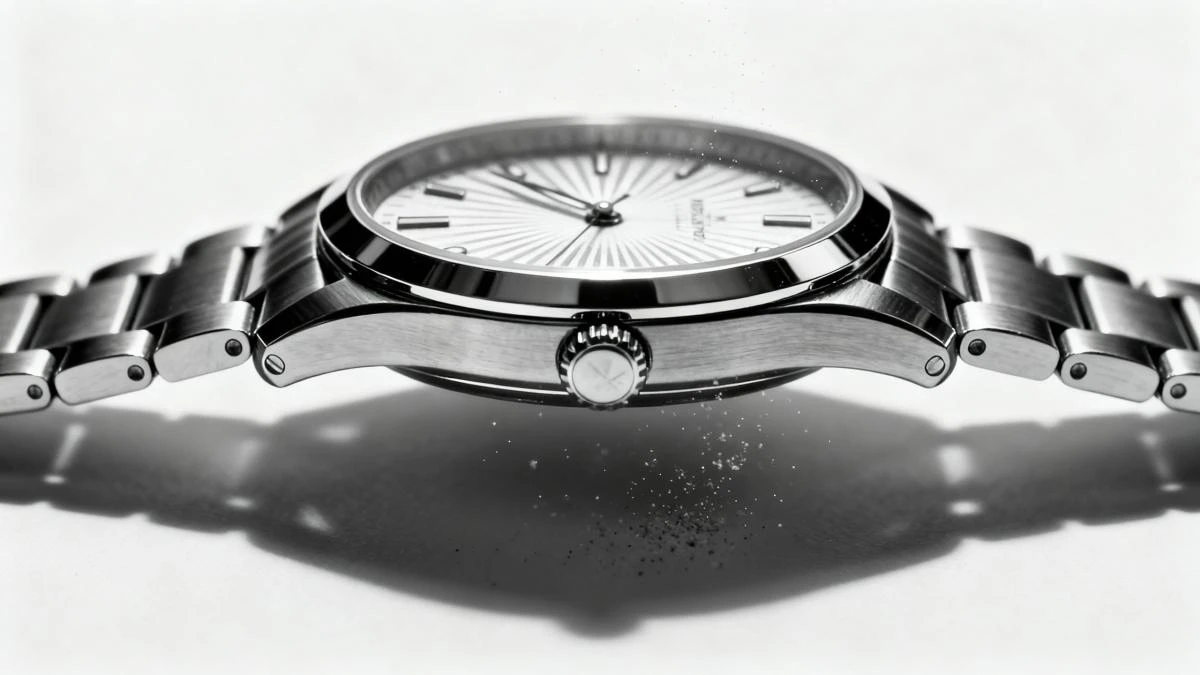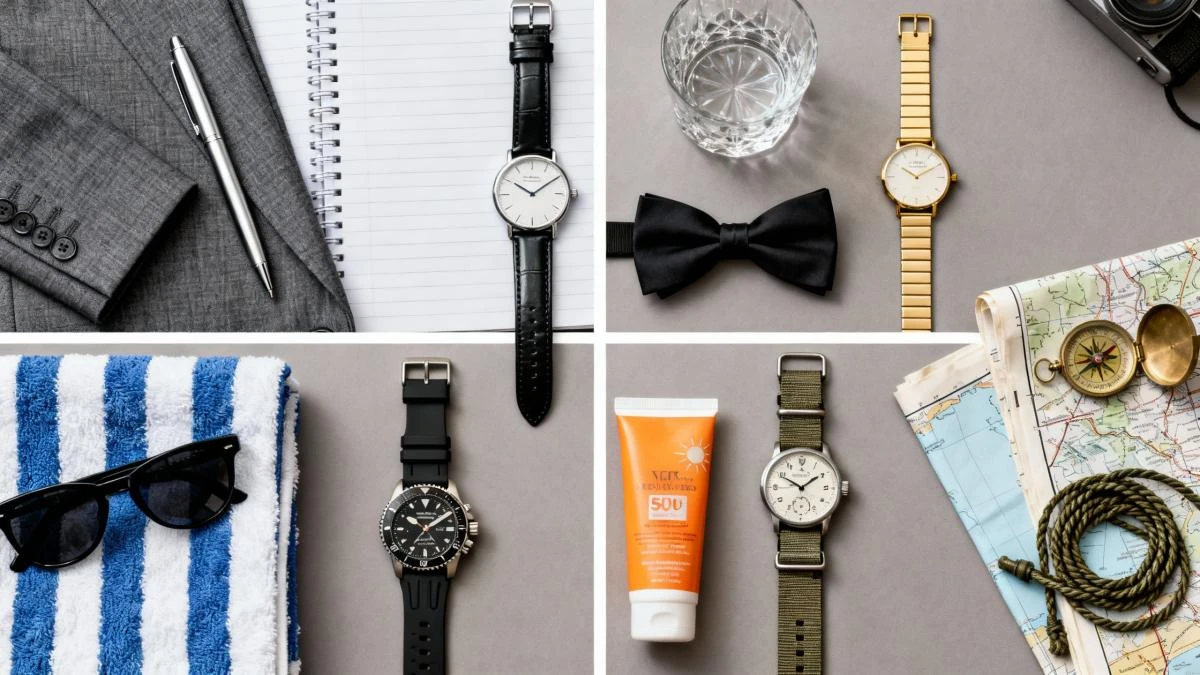Men's Fashion, Women's Fashion
The 5 Core Principles of Matching a Watch with Any Outfit: The Definitive Guide
For many, a watch is the ultimate expression of personal style. It’s often the primary piece of jewelry a person wears, making it a focal point of their entire look. An exceptional timepiece can be simple, versatile, and classic, but knowing how to properly match it with your outfit is what truly separates the stylish from the amateur.
The art of watch styling can be distilled into five essential principles. Master these, and you will be able to select the right watch for any occasion, ensuring you always look impeccable. This guide provides the foundational rules and detailed advice you need to elevate your style.
Principle #1: Match the Formality
The single most important rule is that your watch must align with the formality of your outfit. A rugged tool watch at a black-tie gala is as out of place as a delicate dress watch on a hiking trail. Each style of watch exists on a formality spectrum.
- Ultra-Formal (White Tie & Black Tie): For the most formal events, simplicity and elegance are paramount. The ideal choice is a classic Dress Watch: slim profile, simple face (dial), no complex features (complications), and always on a black alligator or high-quality leather strap. Its purpose is to be discreet, not to draw attention.
- Business Attire (Business Formal & Business Casual): In a professional setting, a range of watches is acceptable. A classic Dress Watch is always a safe and sophisticated choice. However, iconic luxury Dive watches (on a metal bracelet), sophisticated Pilot watches, or elegant Chronographs also pair exceptionally well, projecting confidence and modern style, especially with business casual looks.
- Casual Wear: This is where you have the most freedom. Any category of watch can work, from bold Sports watches to durable Field watches. The watch can be a centerpiece of your outfit.
- Sports & Activewear: For athletic activities, only a true sports watch or a digital watch is appropriate. These are designed with durability and function in mind, and wearing anything else can seem careless.
Principle #2: Match Your Leathers
This is a timeless rule of classic style. When wearing a watch with a leather strap, it should be in harmony with the other leathers you are wearing, primarily your belt and shoes.
- Color Coordination: A black leather strap pairs with black shoes and a black belt. A brown leather strap pairs with brown shoes and a brown belt.
- Tonal Harmony: The shades of brown do not need to be an exact match, but they should be in a similar color family. A light tan strap works with tan shoes, while a dark chocolate brown strap works with dark brown brogues. Mixing light and dark browns can look discordant.
- Texture Speaks Volumes: Beyond color, consider the texture. A smooth, polished alligator strap is inherently formal. A rugged, worn-in leather or a suede strap is decidedly casual and pairs wonderfully with jeans, boots, and more relaxed clothing.
Principle #3: Coordinate Your Metals
The metal of the watch case, and the bracelet, if it has one, should complement the other metals in your outfit. This creates a cohesive and intentional look. Look to your belt buckle, cufflinks, rings, and even the buckles on your shoes or bag.
- Silver-Toned Metals: This group includes stainless steel, titanium, white gold, and platinum. These are incredibly versatile and pair best with silver-toned accessories. They work well with clothing in cool colors like black, grey, and shades of blue.
- Gold-Toned Metals: This group includes yellow gold and rose gold. Gold brings a touch of warmth and luxury. It pairs best with gold-toned accessories and complements earthy clothing tones like brown, beige, olive, and tan, as well as deep jewel tones like burgundy and forest green.
Principle #4: Consider Size and Proportion
A watch should be proportionate to your body, specifically your wrist. A well-proportioned watch looks elegant and feels comfortable, whereas an ill-fitting one can detract from your entire look.
- Case Diameter: A man with a very slender wrist might find a 44mm watch overwhelming, while a man with a large frame might find a 36mm watch looks too small. Find the “sweet spot” where the watch case sits comfortably on your wrist without the lugs overhanging the sides.
- Case Thickness: Generally, slimmer watches (under 11mm) are considered dressier and slide easily under a shirt cuff. Thicker, more robust watches are inherently more casual and sporty.
Principle #5: Align with the Context & Occasion
This principle goes beyond just the formality of your clothes and considers the spirit of the event. A watch’s heritage and intended function can add a layer of storytelling to your style.
- For the Outdoors: Going for a weekend hike or a casual outdoor gathering? A Field Watch, with its military heritage and rugged simplicity, is the perfect companion.
- For Travel & Adventure: A Pilot watch or a GMT watch (which can track multiple time zones) is a thematically perfect choice for air travel and exploring new cities.
- For Seaside & Summer Events: A Dive watch, with its nautical roots and water resistance, is the quintessential choice for anything near the water, from a beach vacation to a boat party.
- For Cultural & Formal Events: Attending a wedding, the opera, or a gallery opening? A classic, minimalist Dress Watch shows respect for the occasion and a refined sense of taste.
A Modern Guide to Watch Categories
- Dress Watches: The epitome of elegance. Characterized by a slim case, a clean and uncluttered dial, and a leather strap.
- Dive Watches: Originally tools for divers, now style icons. Contrary to outdated advice, a luxury dive watch like a Rolex Submariner is perfectly stylish with modern business suits. It projects confidence.
- Chronograph / Sports Watches: Feature stopwatch functionality and a sporty aesthetic. Incredibly versatile, bridging casual and business casual.
- Pilot (Aviator) Watches: Large, legible dials with a vintage, adventurous appeal. Perfect for smart casual wear.
- Field Watches: Military-rooted, rugged, and legible. The ideal companion for casual, outdoor-inspired outfits.
Special Consideration: How to Style an Heirloom Watch
An heirloom watch is more than an accessory; it carries a legacy and tells a story. Due to its sentimental value, it is often considered an exception to strict styling rules. The best way to honor it is to wear it well.
Consider the watch’s original purpose. If it’s a classic dress watch from your grandfather, wear it with pride at formal events. If it’s a military field watch he wore, let it be the centerpiece of a thoughtful casual outfit. By thoughtfully pairing your heirloom to a context it feels at home in, you not only honor family tradition but also elevate your personal style with a touch of meaningful elegance.
